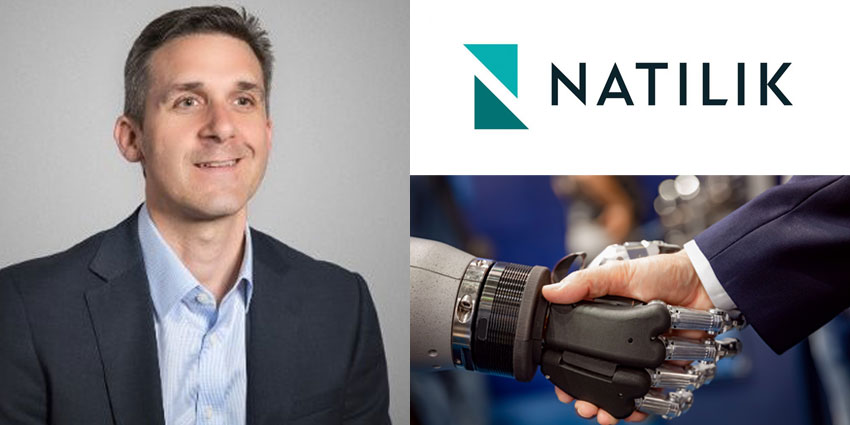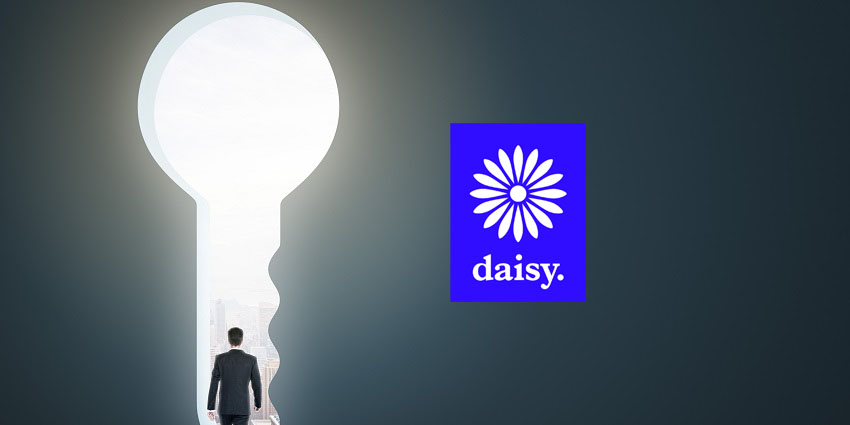Over the last couple of years, chatbots have become an increasingly popular part of not only the customer conversation but the solutions available for internal collaboration and communication too. Today’s businesses use chatbots to help them find solutions to common problems, seek out customer data, and more.
Today, 35% of customers now want to see more companies using chatbots, and the marketplace is evolving at an increasingly rapid pace, particularly as bot kits and API solutions make it easier to develop AI-infused services. We spoke with Natilik, a specialist in IT and communications, about the chatbot that they built with Cisco technology, “NatBot.”
Where Did NatBot Come From?
Natilik is a company devoted to helping companies access the best technology for their businesses, IT teams, and end-users. I first heard about NatBot at an event, and I was keen to learn more about the technology from the people behind Natilik themselves. I spoke to Darren Parkinson, the Natilik Chief Digital Officer who spent several years as a Solution Architect in the collaboration space before he moved into the realm of digital strategy.
“That’s where the bot came from – we were always trying to find ways to improve client experience and user productivity and put more information into people’s hands. A lot of the things that we do as a business is driven by productivity, and I think productivity is one of the reasons why the chatbot market is evolving so rapidly.”
“We saw that chatbots and messaging were becoming more popular than social networking apps, and we thought we should start investigating it.”
Natilik quickly began to explore the different ways that they could take advantage of the chatbot and messaging app solution, working on the back of their deep-seated partnership with Cisco. They wanted to create something that wouldn’t only work for their business but could also be customised to offer bespoke support to different clients from different backgrounds. “It’s about building the kind of support each customer needs.”
How Did You Develop your Chatbot?
Darren told me that when the company first started building Natbot, it was designed from scratch, but based on the technology available from Cisco Webex (Cisco Spark at the time). “Since then, Cisco has released new tools and solutions, including Cisco Spark Support for botkit (the leading developer tool for building chatbots, apps and custom integrations for major messaging platforms) which allowed us to develop the app even further.”
With NatBot, Natilik created a highly flexible and customisable chatbot solution that they can adapt and develop according to the needs of any customer. “We can add new functionality into the existing bot, add new services for different clients, and introduce a range of functionality. They already have the Webex Teams app installed, so the functionality becomes immediately available.”
The more Natilik experiments with NatBot, the more it’s been able to build in new functionalities and solutions like natural language processing, so people can engage with the bot and get the right answers back through contextual interaction.
“We’re developing a bot that can be used in multiple platforms and environments to give people the information they need when they need it most.”
How Can People Use the Bot?
Right now, Natilik is mainly using NatBot internally, but they hope to continue delivering it to clients in the future, by looking at what the client’s specific needs are and adapting the structure of the bot accordingly. “It’s an extensive and flexible bot. A lot of bots do one specific thing, but NatBot can be customised to accommodate many different workflows based on the client needs.”
What’s more, because Natilik is developing their bot with natural language processing, the system can adapt and learn as it goes. “There have been situations where we’ll get a command, and we’re not sure what the intent of that demand is, so that’s a challenge. But we can tweak the natural language engine as we learn and get more insights into customer intent.”
The chatbot works inside of Webex Teams. Essentially, a user asks a question in Webex Teams, and the bot uses natural language to recognise the intent of the question , draw up data, or ask for further clarification if needed. “We’ve started to see a lot of adoption for integrations like these in the modern environment. We’re seeing a lot of vendors developing native integrations with services like Cisco Webex Teams out of the box (apphub.webex.com).”
What Does Natbot Do for Users?
NatBot is built on the back of a desire to tailor an experience within the Cisco platform and connect that experience to critical business processes for customers. “We use it for a lot of different things internally, including notifications, client related workflows, room availability and user self-service for common tasks such as password resets and checking holiday entitlement.
The Cisco Webex Teams experience, much like many other collaboration experiences on the market today is starting to get a lot smarter with the introduction of things like integrations, bots, and applications. “The system can go away, do jobs for you, bring back information, and more. You could ask your bot to check a client order and provide you any proactive notifications in the whole workflow such as estimated delivery times that might impact your ability to offer a great client experience”.
What’s more Natilik are eating their own dog food with NatBot by testing it out internally before they deliver it to clients. Their in-depth knowledge of the app helps them to provide deeply customised solutions to clients that can be as simple or complex as they need. “We have one client that’s looking at things like twitter feeds and sentiment analysis. People are starting to see what they can do to support the business process with the help of bots.”







